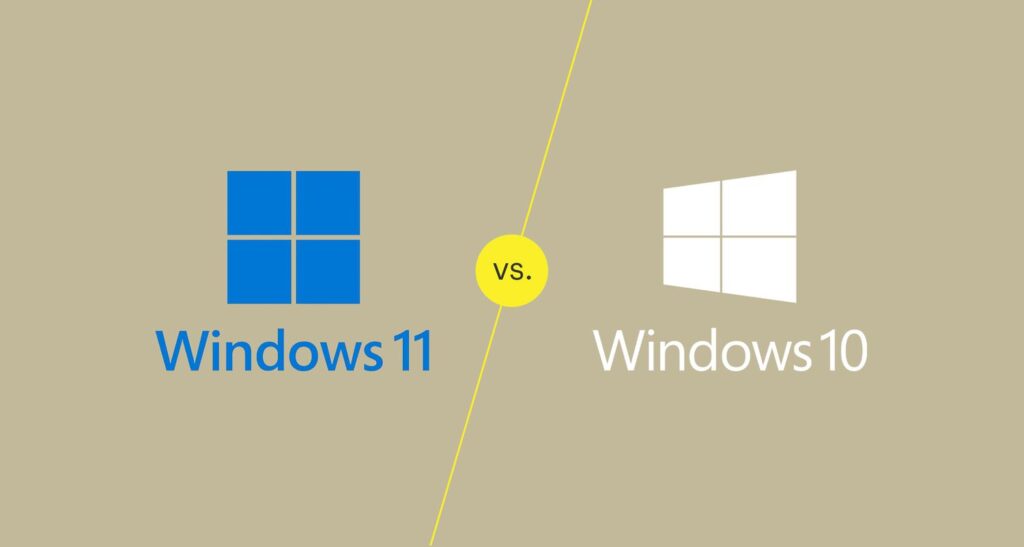
1. Introduction
- Brief overview of Windows 10 and Windows 11.
- Importance of understanding the differences before deciding to upgrade.
2. Interface
- Start Menu: Windows 10’s Start Menu vs. Windows 11’s centered Start Menu with a new design.
- Taskbar: Comparison of Taskbar layouts, customization options, and changes in Windows 11.
- Snap Layouts and Snap Groups: Introduction of Snap Layouts and Snap Groups in Windows 11 for improved multitasking.
- Widgets: Windows 11’s reintroduction of Widgets for personalized information at a glance.
3. System Requirements and Performance
- Minimum hardware requirements: Differences in hardware specifications needed to run Windows 10 and Windows 11.
- Performance improvements: Any noticeable performance enhancements in Windows 11 compared to its predecessor.
- Compatibility concerns: Addressing concerns about compatibility with older hardware and software.
4. Gaming Features
- DirectStorage: Availability and benefits of DirectStorage technology in Windows 11 for faster game loading times.
- Auto HDR: Comparison of Auto HDR support between Windows 10 and Windows 11 for enhanced gaming visuals.
- Xbox App Integration: Integration of Xbox features and services in Windows 11 for a seamless gaming experience.
5. Security and Productivity
- Windows Hello: Comparison of biometric authentication features between the two operating systems.
- Virtual Desktops: Updates to Virtual Desktops in Windows 11 and how they compare to Windows 10’s implementation.
- Security enhancements: Overview of any new security features introduced in Windows 11 for improved protection against threats.
6. Accessibility
- Accessibility features: Comparison of accessibility tools and improvements between Windows 10 and Windows 11.
- Ease of Use: User-friendly aspects of both operating systems for individuals with disabilities.
7. Updates and Support
- Update frequency: Differences in update schedules and policies between Windows 10 and Windows 11.
- End of support: Information about end-of-life dates for Windows 10 and Windows 11, and implications for users.
8. User Feedback and Reception
- Initial reception: Summary of user feedback and reviews regarding Windows 11 compared to Windows 10.
- Adoption rates: Comparison of adoption rates between the two operating systems since the launch of Windows 11.
9. Conclusion
- Summary of key differences and similarities between Windows 10 and Windows 11.
- Recommendations for users considering an upgrade, based on their specific needs and preferences.
10. Resources and Further Reading
- Links to official Microsoft resources, forums, and articles for users seeking additional information about Windows 10 and Windows 11.
By examining these points in detail, readers can gain a comprehensive understanding of the differences between Windows 10 and Windows 11, helping them decide whether to stick with their current operating system or make the leap to the latest version offered by Microsoft.